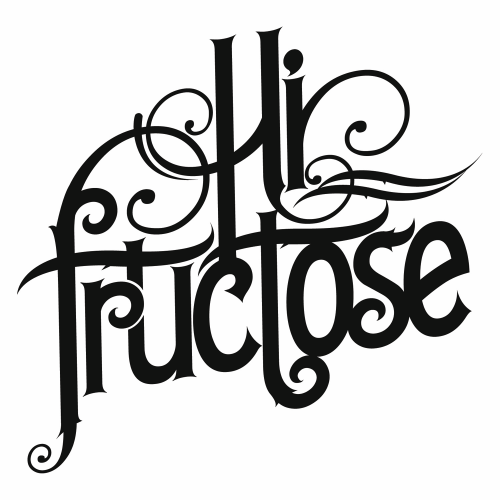Sherald bends this arc inward. She shows that the interior life of the human creature is as deep and profound as anything we meet in the natural world or try to achieve in society.
Everything that surrounds the skin is colorful, or at least stark. A black and white houndstooth print, for instance, lacks color but has a starkness that contrasts against the soft grays with which she treats flesh. Hats, objects, backgrounds, everything is brightly colored. And yet it’s a testament to Sherald’s craft that the prismatic surroundings only serve to draw us into the face, the eyes.
And in the moment that we sink into the character’s eyes we feel like they become a person. Race is an experience that society curates, a roadmap for living that culture tries to force on us and enforce at scale. The people in Sherald’s paintings are Black, but their Blackness is not their beginning, their end, or their definition. They are boundless, unburdened. They are real and they are inquisitive and they dream.
THE PEOPLE IN SHERALD’S PAINTINGS ARE BLACK, BUT THEIR BLACKNESS IS NOT THEIR BEGINNING, THEIR END, OR THEIR DEFINITION.
In Sherald’s words as noted in the show’s catalog, her figures are “quiet, but not passive.”
And we can learn a little more about what she means here by listening to the music of her titles. She titles her works in puns, in quotes of poetry and literature, with the inextricable qualities that underly the painting.
“Listen, you a wonder. You a city of a woman. You got a geography of your own” from 2016 is taken from a poem by Lucille Clifton.
“Try on dreams until I find the one that fits me. They all fit me” from 2017 is, as far as I know, original to Sherald. But what other language could capture the stance, the gesture, the clear-eyed fierceness of the subject?
“A Midsummer Afternoon Dream” from 2017 plays on the name of Shakespeare’s romance in title, and then quotes from the iconography of The Wizard of Oz in the content. Seemingly recasting Dorothy as someone modern, perhaps closer to middle age, and Black. The white picket fence and large two-story house right there, nearby for her taking. One of the foundational guarantees of the American dream ready for her taking, or already-having.
And from there we can start to think about the sublime.
The sublime from a western art historical view has been a way to describe man’s encounters with the bigness of nature. Or maybe our smallness against the majesty of the natural world. Our being a part of but inherently separate from the natural world. And the promise that it would tame or humble human civilization if we did not tame or humble it first. Awe, perhaps.














